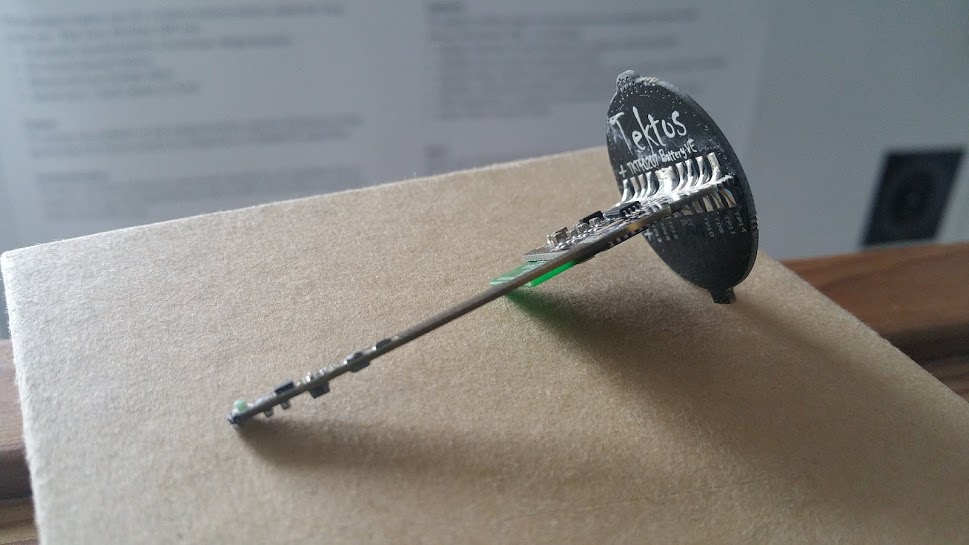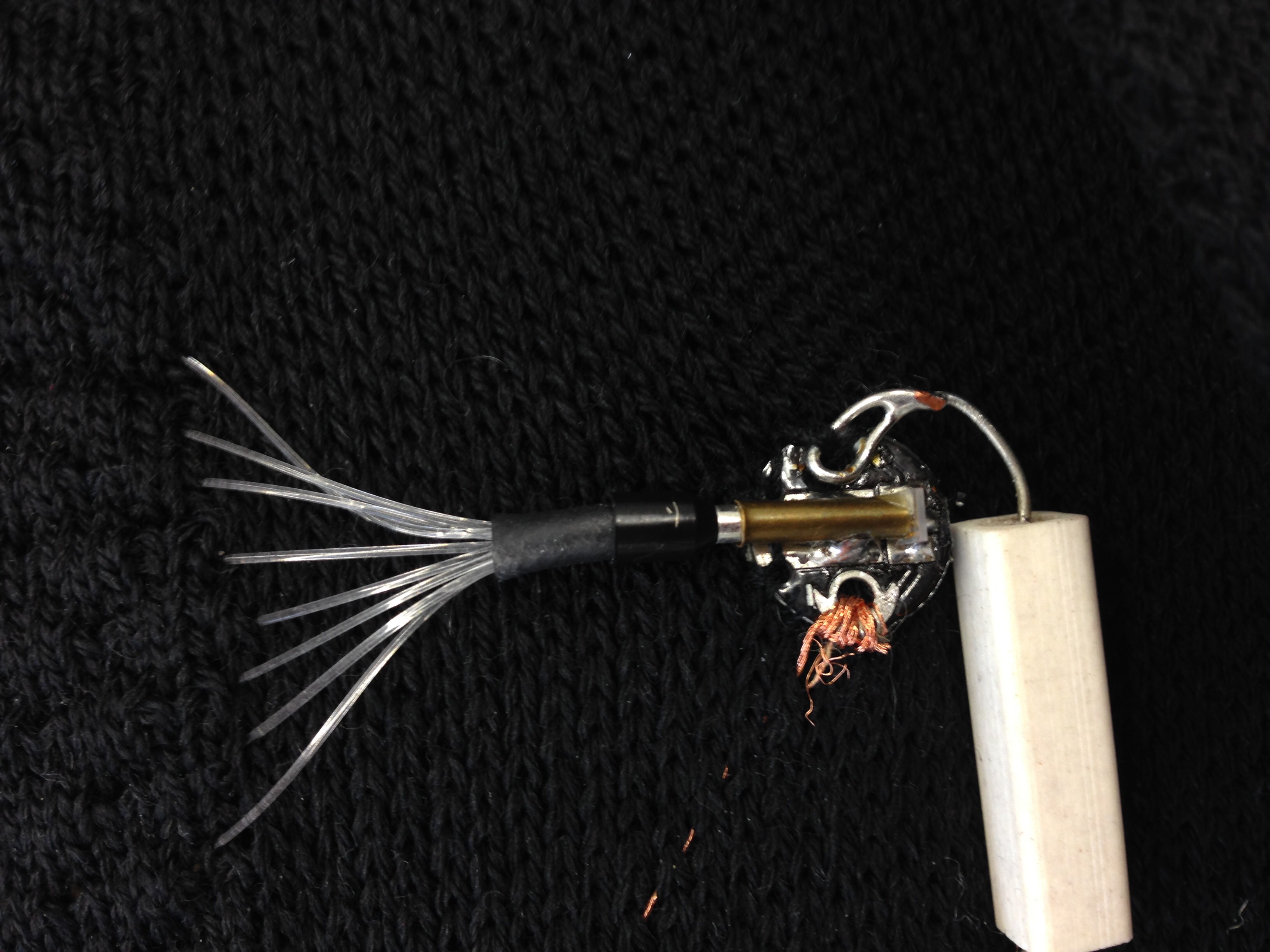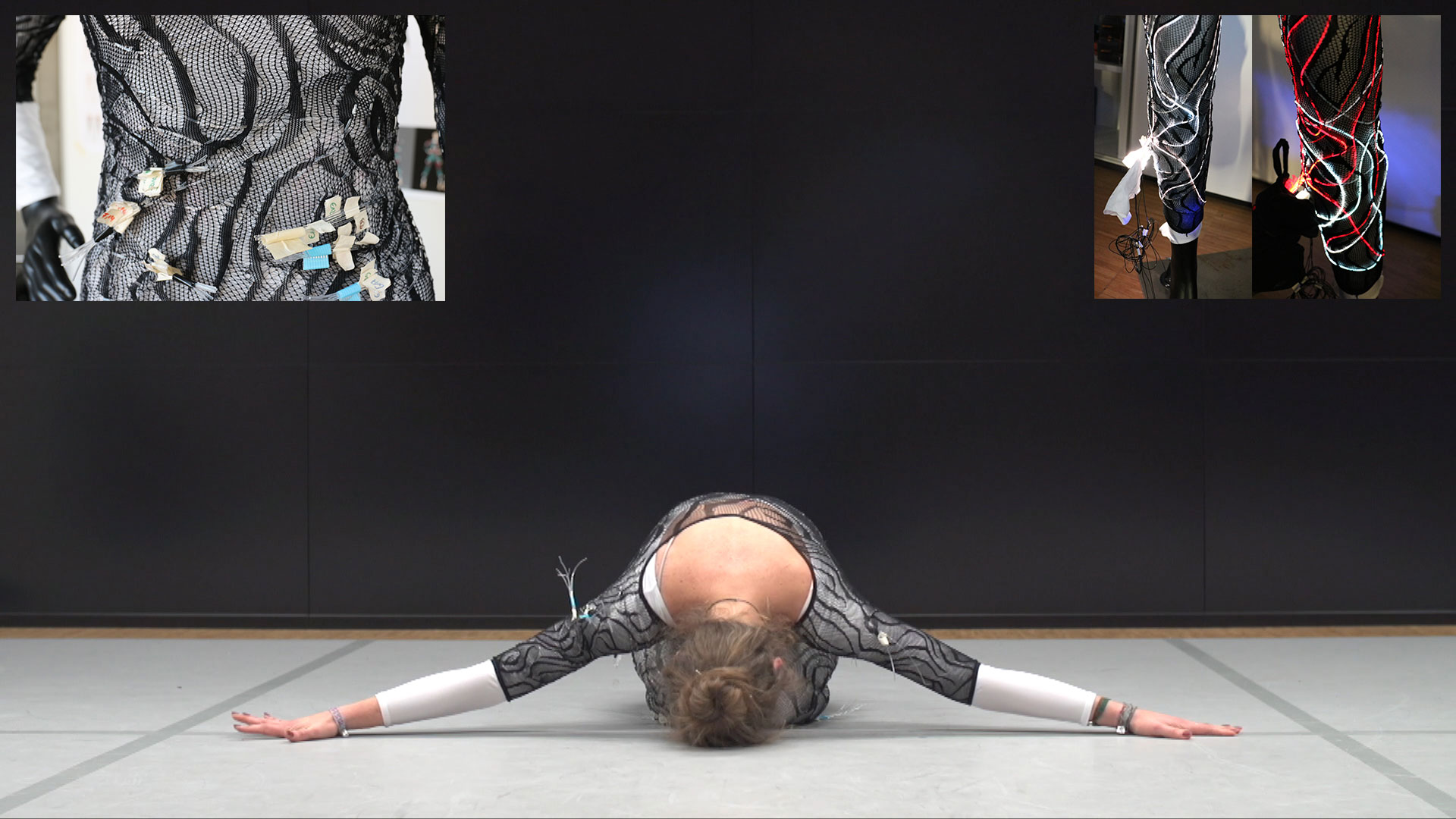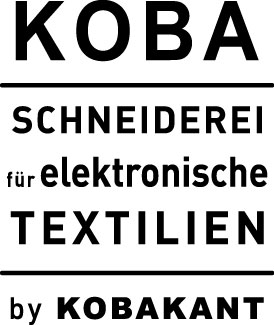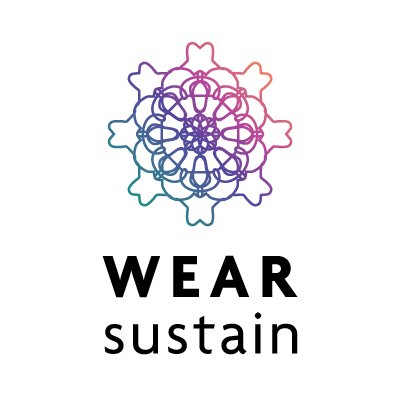Community Input
We set out emails to the e-textile community asking for feedback. This post is a place to collect the responses we got.
Lulu V2 – your input please
dear e-textilers,
we (mika, maurin and myself) received funding to develop a solution for connecting e-textiles with fiber optics, and we would like your input on this!
have you worked with fiber optics and e-textiles before?
if yes, please email us links to your projects, prototypes, sketches, ideas.
Lulu V2 will be based on Maurin’s initial Lulu design which he developed for the Lucette illuminated textile. maybe some of you already have a Lulu in your 2016 Swatchbook. have you used your Lulu? if yes, please email us about how you used it and what you used it for.
the next version of the Lulu will be (industrially) manufacturable so that we can make it accessible to more people, including you. for this we are also looking for PCB manufacturers (ideally in paris/france but also worldwide) and distributors (worldwide), incase you have any tips, please share.
deadline for sending us input/feedback so we can incorporate it in V2 is this Sunday March 25th.
if you would like to follow the progress of this project, please please join us in the Lulu Riot room, or you can also find more information here:
Lulu proposal: http://www.kobakant.at/KOBA/lulu-collaboration-with-maurin/
Lulu developments: http://www.kobakant.at/KOBA/lulu-developments/
Lulu GitHub: https://github.com/eTextile/Lulu
Lulu Riot room: https://vector.im/develop/#/room/#lulu:matrix.org
Lulu Flickr group: https://www.flickr.com/groups/3908991@N25/
Maurin’s Lulu Flickr set: https://www.flickr.com/photos/maurin/albums/72057594109320583
Hannah’s Lulu Flickr set: https://www.flickr.com/photos/plusea/sets/72157691569545895
Email us: lulu@etextile.org
WORK IN PROGRESS!!!!!!
Adrian
Hi, turning the corner with a light guide like that is a common technique. I suspect cast acrylic will give very good efficiency. You can taper the guide down to the diameter of the tube. Tactex experimented with casting guides for multiple pipes over a PCB. you want flex for fabrics which is harder but there may be a material with good enough optical properties which flexes…
http://www.dialightsignalsandcomponents.com/Assets/Brochures_And_Catalogs/Indication/515-1004.pdf
00:09
Here is a quad right angle product: https://www.bivar.com/portals/0/products/RLP4-XXX-XXX.pdf
Are you using UV cured transparent glues to get the light efficiently into the fiber?
work on fibre optic microphone, optical multitouch
adrian.freed
The fibre optic microphone is old hat. I took a class on fibre optic sensing and wrapped a fibre around a cylinder and spliced it into a laser interferometry loop. This is how hydrophones are often made and how they “listen” for what is going on in big fuel tanks (e.g. space shuttle) where you don’t want electronics that may cause a spark. https://www.acoustics.co.uk/product/fibre-optic-hydrophones/
http://www.fibersound.com/fiberopticmicrophone.html
For the optical multitouch the patent trail from Tactex is probably the best documentation. The core idea is that you put light into a translucent foam and measure light intensity from another point. As you squeeze the foam the brightness goes up.
https://patents.google.com/patent/US20060096392A1/en
https://patents.google.com/patent/US6715359B2/en
https://patents.google.com/patent/US20060152378A1/en
https://patents.google.com/patent/US20050084138A1/en
My work with Tactex involved blob detection, gesture signal processing and applications. It’s written up briefly here: http://cnmat.org/ICMC2001/pdf/OSC-GestureMap.2.pdf and manifest in this video: https://youtu.be/RlXbczJgwxw
p.s. I like your term “bumble bee” a lot. You see this form used in slip ring connectors and we used it a few years ago for a guitar pressure sensor (Figure 7): https://quod.lib.umich.edu/cache//b/b/p/bbp2372.2014.225/bbp2372.2014.225.pdf#page=1;zoom=75
I first saw it used for cochlea implants in the late 1970’s http://www.earsurgery.org/wp-content/uploads/cochlear02.jpg
Cedric
You might not learn much from the following but here is my 2 cents answer:
Neither France nor most western countries seem realistic for affordable manufacturing (it depends on what we call “affordable”).
olimex.com is in Bulgaria so it might be the best trade-off, but they usually only work on big quantities.
On the other hand, I go to china at least once a year to visit friends, hackerspaces, universities, markets, manufacturers…
…and for manufacture consulting, so I might have a few company suggestions depending on the project:
– smart-prototyping.com: human size, speed and flexibility
– seeed.cc: a tiny bit cheaper but not really the above aspects – their distribution is practical and they respect/understand open-source
– etonnet.com: similar to seeed, but for bigger quantities – they don’t do the distribution normally
Let me know if you’re interested in connecting with any of them.
:Drix
Cedric
This article raised my curiosity:
https://news.nike.com/news/nike-flyprint-3d-printed-textile
Did any of you ever try to 3d print transparent material to conduct light?
Maybe some cheap solutions exist…
Cedric
I just stumbled upon a product* and thought you might like the LED on the side:
https://a.pololu-files.com/picture/0J4332.1200.jpg
You could have “partial vias” (with PCB cut) in which this kind of LED would fit.
It’s probably not so useful but I’ll talk more about it with Maurin tomorrow at DP, we’ll see…
Cedric 😉
*Source:
https://www.pololu.com/product/2460
Kristi
It was great to see your project at WORTH and congratulations for getting the funding!
I don’t have any well documented samples, but my students at the Estonian Academy of Arts have used optics in their prototypes a little. They have used it in felt and leather. I add some photos of their work here. These are results from one week workshop. Now they have been working a bit longer on a project about social design. Also there couple of students have used optics, but I can share the results a bit later if you are interested. I will add here a paper about Social design subject as such (no optics involved in the paper, as last year no student chose to use them): https://www.dropbox.com/s/yf1col5suev0twy/cumulus_soft_landing_a4-2.pdf?dl=0
Camille
These folks are developing a fibre optic textile I think – I will collected the presentations from the new teams to make sure but you can see what they do in the meantime http://www.hftsmartsensors.com/#what-we-do
hftsmartsensors
developing a fibre optic textile
http://www.hftsmartsensors.com/#what-we-do
Aniela
Solar Fiber
For Solar Fiber we have added optic fibers onto solar cells
http://www.solarfiber.nl/en/
Hi!
“Viepln .”
But yes I’ve been using the Lulu and optical fibers from datapaulette at the Lab for a light shawl. It was knitted on a Stoll machine, tuck stitches hold the fibers on place. It’s been tricky because the operator had to put his hands in the machine while it was knitting, so this is not yet something that can be produced at larger quantities, but for the purpose of the prototype we could do it.
Lulu are sewn on the edge, the distance between them and the actual visible part of the light effect is slightly too short, fibers tend to bend, slip out and eventually break despite careful handling…
I also added power resistor (1W) to the Lulu as it tends to get hot in the wool and for user testing it wasn’t recommended. They add bulkiness to the nice boards but so far this is how we did. we are still working on the documentation that will hopefully be some time available online…
http://www.design-research-lab.org/projects/design-of-adaptive-ambient-notification-environments/
ceddric
I just stumbled upon a product* and thought you might like the LED on the side:
https://a.pololu-files.com/picture/0J4332.1200.jpg
You could have “partial vias” (with PCB cut) in which this kind of LED would fit.
It’s probably not so useful but I’ll talk more about it with Maurin tomorrow at DP, we’ll see…
Cedric 😉
*Source:
https://www.pololu.com/product/2460
Michaela
Dear Hannah, Maurin, and Mika,
I currently work on a project integrating 100m fiber optics into a performance costume. I have heard about Lulu but never used it so far because I could not find where to buy it. Finally, I am now working with my own construction using addressable LEDs in usual shape, and attaching them in bundles of six with a silicon (?) tube for aquariums found in a hardware store, all without glueing. They will finally be covered with almond-shaped cushions for protection while dancing and due to the story-telling design. Ongoing tests with the performer revealed it’s a surprisingly strong and stable construction. Please find attached some pics.
So please let’s keep in touch regarding this if you wanna know more about the experiments I made for figuring out this construction, and I appreciate to get a few more info about Lulu from you guys!
Best
Michaela
Adrian Freed
I have some experience with this. I built a fibre optic microphone and also worked on projects associated with the optical multitouch built by
the now-defunct tactex.
I will make suggestions on the riot room.
Here is a link to the Tactex designed optical fiber multitouch. Their patents are interesting
relating to this as they describe how to do interpolation.
I know you are producing light with your designs but they had to tackle the optical connection to an led/phototransistor pair.
I remember it was expensive and a lot of manual labor and this is what made the project untenable commercially..
Textile techniques will improve this situation.
http://www.studioimaginaire.com/surfaceone/pictures.html
Have you looked at the lumitex patents?
“Another patented fiber optic backlighting technology developed by Lumitex uses optical fiber woven into cloth, which is layered into panels. This provides for optimal control of light emission across the panel surface. As shown in the typical panel construction diagram in Fig. 5, the optical fibers extend from the panel in cable form and are bundled into a brass ferrule (forming a “tail”) and highly polished. The ferrule is then connected to a remote light source. Tails can be preformed into 90 or 180 degree standard bends, with a minimum bend radius of 0.06 inches. In addition, fibers can be formed into complex shapes, including multiple bends, and connected to a board mounted LED.”
